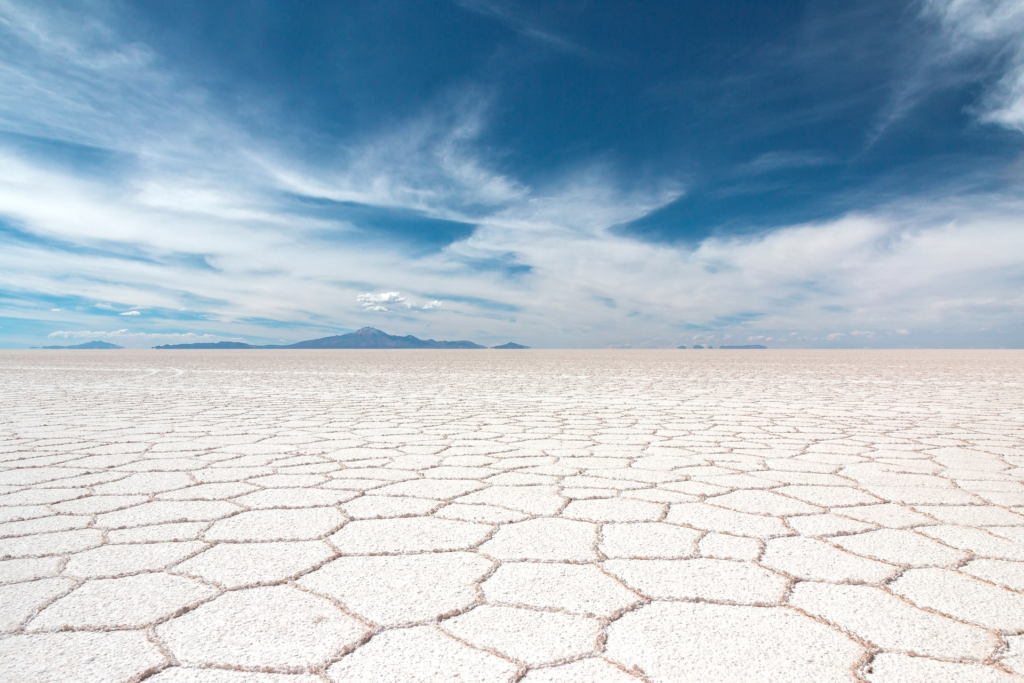http://en.wikipedia.org/wiki/Soil_salination
From Wikipedia, the free encyclopedia
 Visibly salt-affected soils on rangeland in Colorado. Salts dissolved from the soil accumulate at the soil surface and are deposited on the ground and at the base of the fence post.
Visibly salt-affected soils on rangeland in Colorado. Salts dissolved from the soil accumulate at the soil surface and are deposited on the ground and at the base of the fence post.
Soil salinity is the salt content in the soil; the process of increasing the salt content is known as salinization.[1] Salts occur naturally within soils and water. Salination can be caused by natural processes such as mineral weathering or by the gradual withdrawal of an ocean. It can also come about though artificial processes such as irrigation.
Contents
- 1 Causes of soil salinity
- 2 Natural occurrence
- 3 Dry land salinity
- 4 Salinity due to irrigation
- 5 Consequences of salinity
- 6 Regions affected
- Causes of soil salinity
The excess accumulation of salts, typically most pronounced at the soil surface, can result in salt-affected soils. Salts may rise to the soil surface by capillary transport from a salt-laden water table and then accumulate due to evaporation. They can also become concentrated in soils due to human activity, for example the use of potassium as fertilizer, which can form sylvite, a naturally occurring salt. As soil salinity increases, salt effects can result in degradation of soils and vegetation.
Salinization as a process can result from:
- high levels of salt in water.
- landscape features that allow salts to become mobile (movement of water table).
- climatic trends that favor accumulation.
- human activities such as land clearing.
– Irrigation – salt runoff from streets (in winter if the streets are salted for snow)
- Natural occurrence
Salt is a natural element of soils and water. The ions responsible for salination are: Na+, K+, Ca2+, Mg2+ and Cl−.
As the Na+ (sodium) predominates, soils can become sodic. Sodic soils present particular challenges because they tend to have very poor structure which limits or prevents water infiltration and drainage.
Over long periods of time, as soil minerals weather and release salts, these salts are flushed or leached out of the soil by drainage water in areas with sufficient precipitation. In addition to mineral weathering, salts are also deposited via dust and precipitation. In dry regions salts may accumulate, leading to naturally saline soils. This is the case, for example, in large parts of Australia. Human practices can increase the salinity of soils by the addition of salts in irrigation water. Proper irrigation management can prevent salt accumulation by providing adequate drainage water to leach added salts from the soil. Disrupting drainage patterns that provide leaching can also result in salt accumulations. An example of this occurred in Egypt in 1970 when the Aswan High Dam was built. The change in the level of ground water before the construction had enabled soil erosion, which led to high concentration of salts in the water table. After the construction, the continuous high level of the water table led to the salination of the arable land.
- Dry land salinity
Salinity in drylands can occur when the water table is between two to three metres from the surface of the soil. The salts from the groundwater are raised by capillary action to the surface of the soil. This occurs when groundwater is saline (which is true in many areas), and is favored by land use practices allowing more rainwater to enter the aquifer than it could accommodate. For example, the clearing of trees for agriculture is a major reason for dryland salinity in some areas, since deep rooting of trees has been replaced by shallow rooting of annual crops.
- Salinity due to irrigation
Rain or irrigation, in the absence of leaching, can bring salts to the surface by capillary action
Main article: Environmental impacts of irrigation
Salinity from irrigation can occur over time wherever irrigation occurs, since almost all water (even natural rainfall) contains some dissolved salts.[2] When the plants use the water, the salts are left behind in the soil and eventually begin to accumulate. Since soil salinity makes it more difficult for plants to absorb soil moisture, these salts must be leached out of the plant root zone by applying additional water. This water in excess of plant needs is called the leaching fraction. Salination from irrigation water is also greatly increased by poor drainage and use of saline water for irrigating agricultural crops.
Salinity in urban areas often results from the combination of irrigation and groundwater processes. Irrigation is also now common in cities (gardens and recreation areas).





